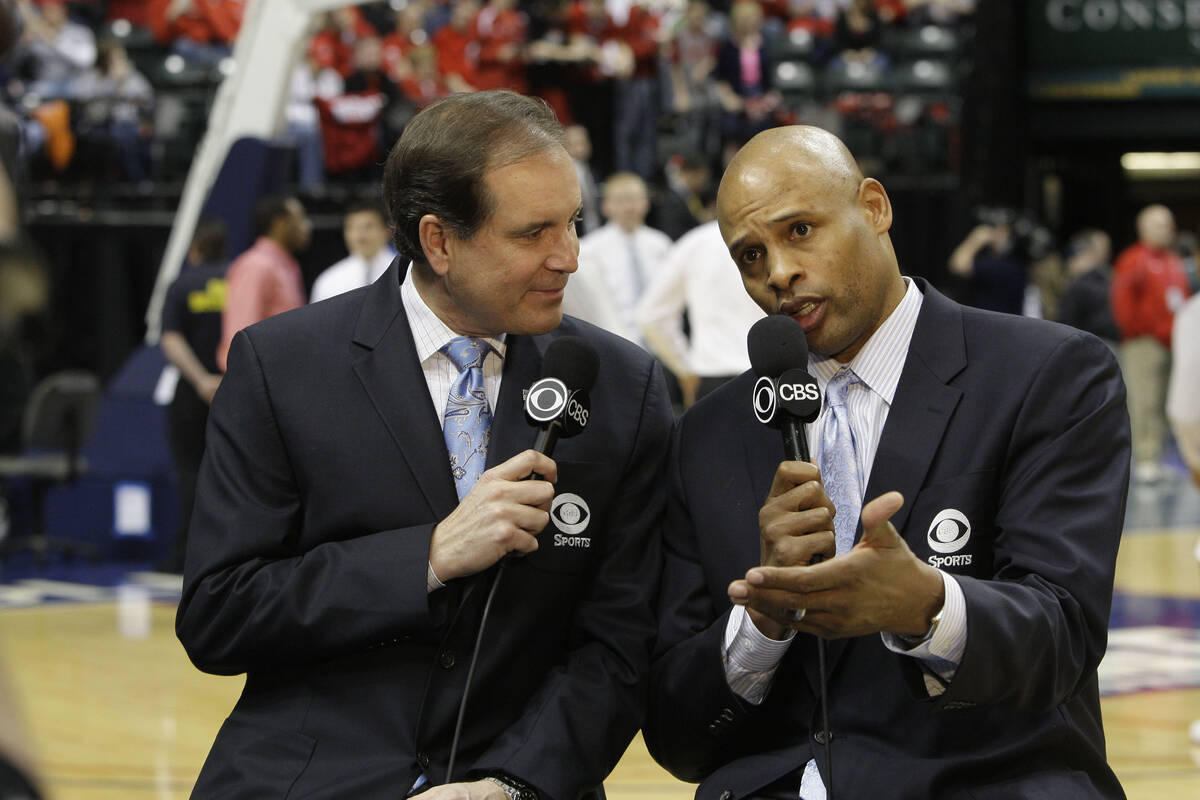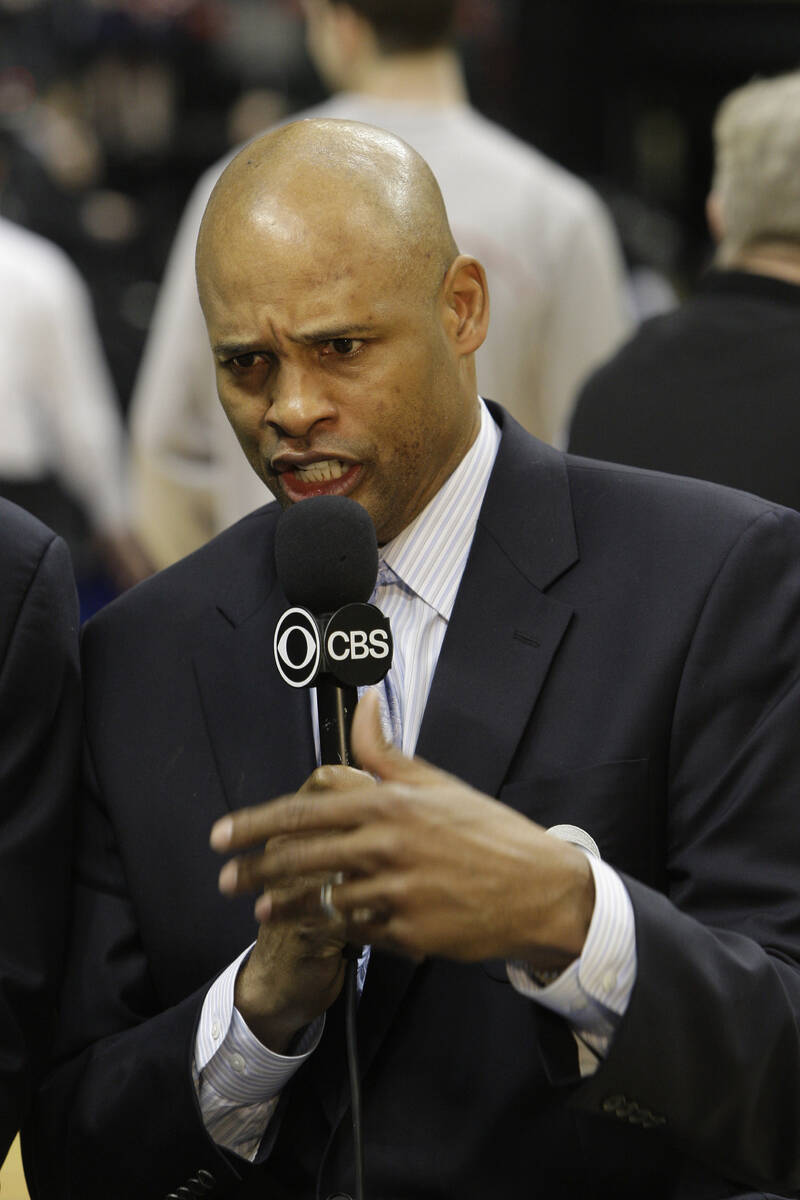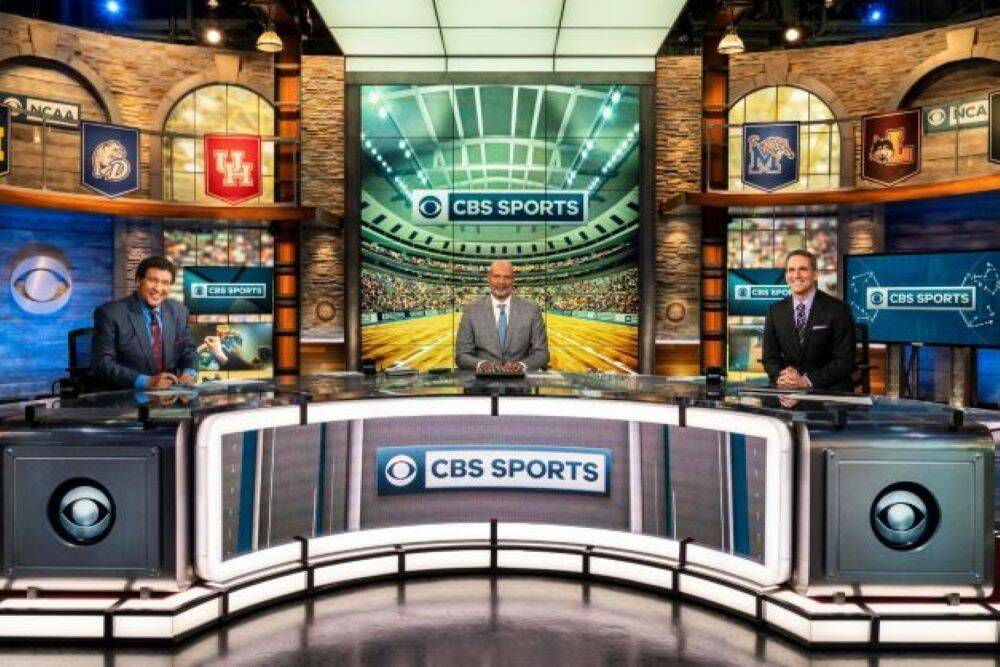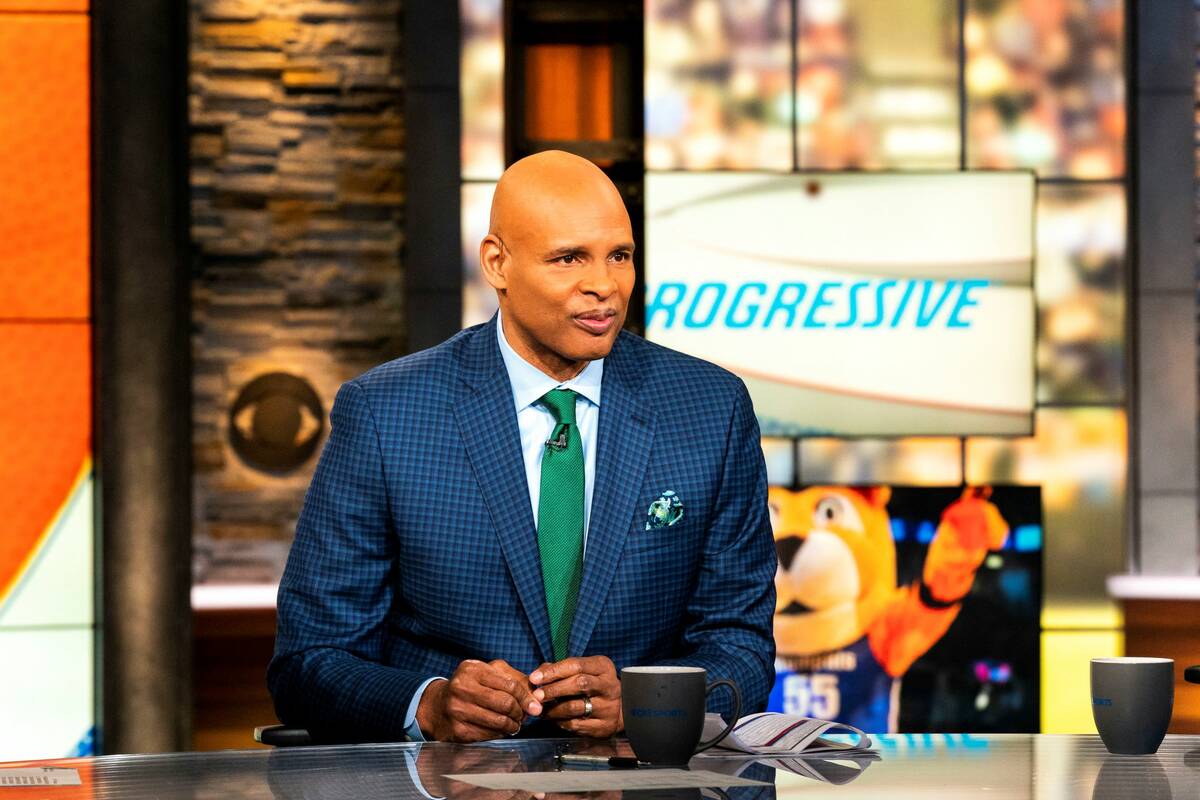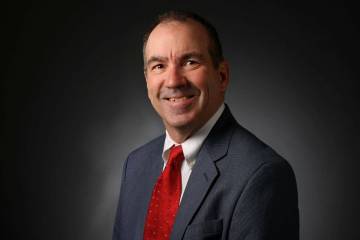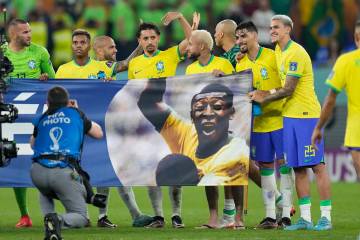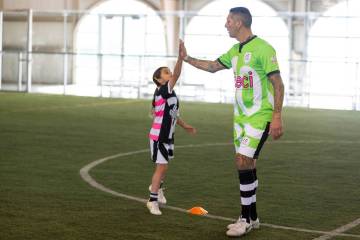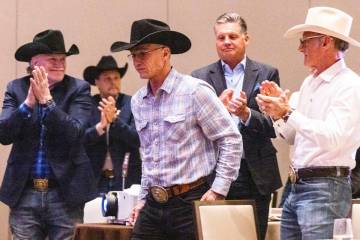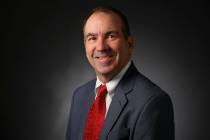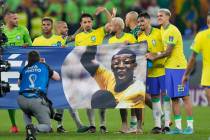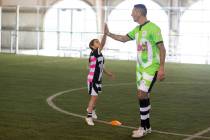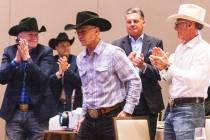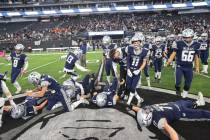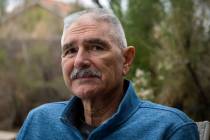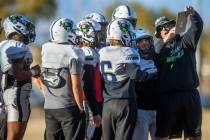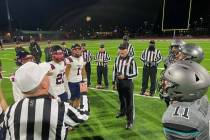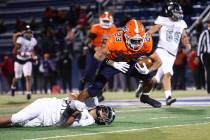Kantowski: Point spreads coming to March Madness telecasts
These days he might be best known for having originated the term “spurtability,” which he has used to describe a college basketball team’s ability to score points in quick succession.
That is also what Clark Kellogg did for the sports betting industry Friday during a zoom conference call promoting CBS’ coverage of the NCAA men’s basketball tournament. He scored points in a hurry.
He said it’s probably only a matter of time before betting lines become as much a part of televised March Madness as commercials featuring Charles Barkley, Samuel L. Jackson and Spike Lee.
“I don’t think it can,” the insightful former Ohio State star and longtime studio analyst said when asked if college sports can go much longer without crossing the line between games played by student-athletes and wagering on them when it already is accepted in other forms.
Or haven’t you filled out a bracket for the office pool that the tournament committee essentially handicaps by seeding the teams?
“I don’t know what the timeline would be,” Kellogg said. “But we’re continuing to see erosion of that line and separation — clearly at the professional level. I would like to see us have a clear delineation (between betting on the pros and the colleges), but I just don’t know if that is feasible. Or practical.
“How you navigate as you move forward, I think, is where you have to think about trying to keep the lines around the integrity of the game in place.”
Delicate balance
But on the surface, Kellogg said the peach baskets already may have been knocked off the wall when it comes to balancing the interest in betting on college sports and addressing point spreads between TV timeouts.
“I don’t think we can avoid it,” he said. “I think there will be some presence in the future, and it may happen sooner than any of us anticipate.”
That included his colleagues from the CBS family of networks — all 67 tournament games will be shown live on CBS, TBS, TNT and truTV — Jim Nantz, Bill Raftery, Grant Hill, Tracy Wolfson and Rex Chapman, who were invited to weigh in on the topic.
None did, preferring to focus most of their remarks on the return to normalcy of televised March Madness after the 2020 installment was pre-empted by COVID and last year was confined to a protective bubble in Indianapolis.
“Obviously, for everyone, it’s great to have things pretty much back to normal, although I want to be sensitive to the world events that are happening right now,” Nantz said of he, Raftery, Hill and Wolfson calling the Final Four for the seventh straight year while Russia is invading Ukraine. “But as far as the tournament and operationally feeling like it used to, three years is a long time.”
Nantz reminded those on the call that the NCAA Tournament was the first major sports championship affected by COVID in 2020 and “it got completely wiped off the map.”
Parents back in play
“When we walked off that floor in Minneapolis in 2019, an overtime thriller with Virginia coming from behind to catch Texas Tech a year after being defeated in the first round by UMBC (Maryland-Baltimore County) — the first ever 16 (seed) over a 1 — I mean, the tournament was on a roll.
“Could never have imagined after that night that it would be three years later (before) we’d have a dome filled with 70,000 people cheering on with all their might at another Final Four.”
Wolfson said one of her lasting images of last year’s tournament was of a loved one having to hand a self-isolating player a sandwich through the cracked-open door of a hotel room.
“Seeing the parents up in the stands, cheering from afar but not being able to give (the players) hugs after they won or after they lost,” she said.
Not being able to tell those stories or capture those moments was more maddening than a dozen buzzer-beating baskets (and their mandatory replay reviews), Wolfson said, though that’s not the word she used.
“There was almost a sadness to that,” she said.
Contact Ron Kantowski at rkantowski@reviewjournal.com or 702-383-0352. Follow @ronkantowski on Twitter.



